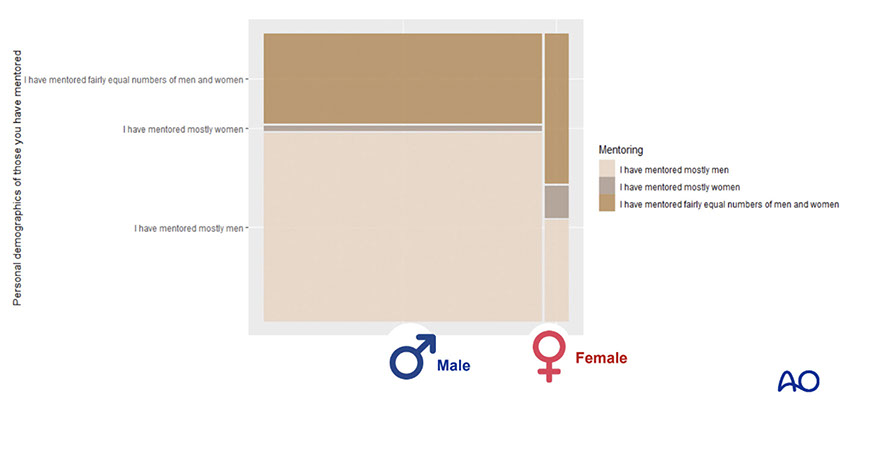
FacultyFocus 1 | 2020
Menu
Current tactics: diversity, inclusion and mentorship
Survey reveals barriers to faculty entry and advancement for women and other underrepresented groups
The current makeup of the AO organization does not reflect the gender and ethnic diversity of the wider medical and veterinary orthopedic community, particularly regarding those in early career stages and in residency training programs.
Conversations regarding gender disparity and lack of inclusion of other underrepresented groups have taken place in the AO. Identification of this problem is helpful; however, data and data analysis were needed in order to implement effective interventions in the organization.
In 2018, the AO created the AO Opportunity, Diversity and Inclusion Initiative (ODII) to create transparency and awareness, and to assess whether bias and/or barriers exist either for entry and/or progression of women and other underrepresented minorities in the AO (eg, as faculty and officers/leaders). The overall goal was to identify and initiate measures to ensure that the AO is a diverse and inclusive organization with opportunity for all.
In late 2019, the ODII working group launched a comprehensive survey and presented data at meetings during the Davos Courses 2019 in December. The priorities of the survey were to:
- Identify AO faculty members’ participation and involvement in AO activities
- Assess faculty opportunities and inclusion within the AO
- Analyze how mentorship has impacted individuals’ involvement as an AO faculty
The initial analysis of 4’822 responses indicated that women and other underrepresented minorities (URMs) are proportionally underrepresented within AO faculty and that this trend will continue unless changes are made to current AO recruiting and nominating practices. Even when controlling for age and experience (measured by number of years in AO), women are less likely to hold leadership positions. Survey responses show that over 50 percent of faculty did not have to apply to become faculty, and that men are more likely to recruit other men, while women are more likely to recruit new male and female faculty in equal proportions. Response numbers were too low for faculty underrepresented by race, though it is likely that similar patterns would emerge. This appears to highlight a major reason for why the gender demographics of AO faculty do not mirror those of surgeon members, or the wider global communities that are represented by the clinical divisions. These results highlight the importance of reassessing AO’s current faculty selection processes to achieve gender parity in the clinical divisions and across geographic regions.
Don’t miss listening to insights from AO faculty being interviewed by ODII working group member Samantha Morello (AO VET) at OneAO February 2020.
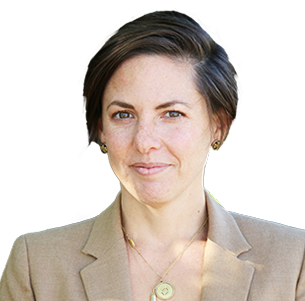
Samantha MorelloInterviewer(ODII working group member)
Mara Schenker (AO Trauma) and Jaimo Anh (AO Trauma) discuss the challenges of changing perceptions about orthopedic surgery and the need to make the specialty more inclusive, and are sharing their understanding and experiences on why orthopedic surgery is not particularly diverse, what are the biggest barriers and what are opportunities to overcome these.
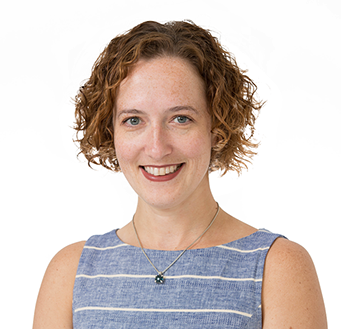
Mara Schenker
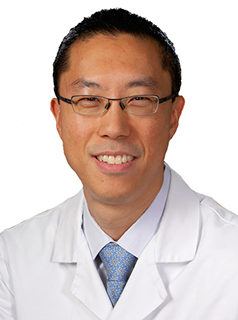
Jaimo Anh
Mary Sarah Bergh (AO VET) and Karen Perry (AO VET) share how they are levering what has helped them progress in their careers in and beyond AO in relation to mentorship, leadership and sponsorship.
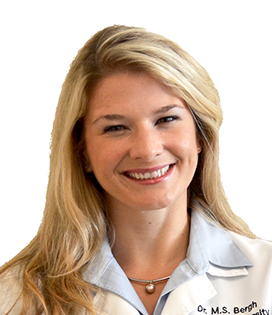 Mary Sarah Bergh
Mary Sarah Bergh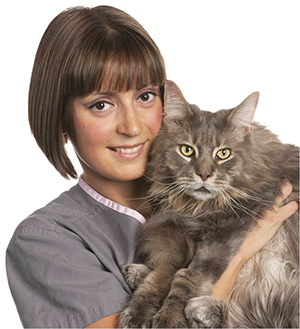 Karen Perry
Karen Perry
The survey also demonstrated the importance of mentorship. Over 55 percent of the survey respondents indicated that since becoming AO faculty members, they have received formal or informal mentorship from another AO faculty member. The data also shows that, across all clinical divisions except AO CMF, there is a pattern of gender-dependent mentorship that mimics the pattern of recruitment described above, indicating a discrepancy in how certain members may be included in the mentorship process and an opportunity to create more formalized mentoring structures, stimulating mentorships across genders. Again, this was not assessed by race or ethnicity status, but is likely to be similar. These relationships are considered to be important in the advancement pathways that occur within the AO and may help explain the large gender disparities evident at higher levels of leadership within the organization.
The survey analysis is ongoing and focuses on insights that will help form an integral part of future decisions and directions the AO is taking to make the organization more diverse, inclusive and accessible. With the reports that it is creating, the ODII working group intends to provide data to be used by the clinical divisions.
Regular updates are available on the newly launched diversity and inclusion web page here. For questions, e-mail us at diversity.inclusion@aofoundation.org.
The ODII working group appreciates the time and energy faculty members invested in completing the survey for the AO and ensures that your collective feedback will shape the AO’s future.
Those interested in working on diversity, inclusion, mentorship and sponsorship topics, please fill in this short survey until Sunday, April 19, 2020.
Demographics of the AO global community
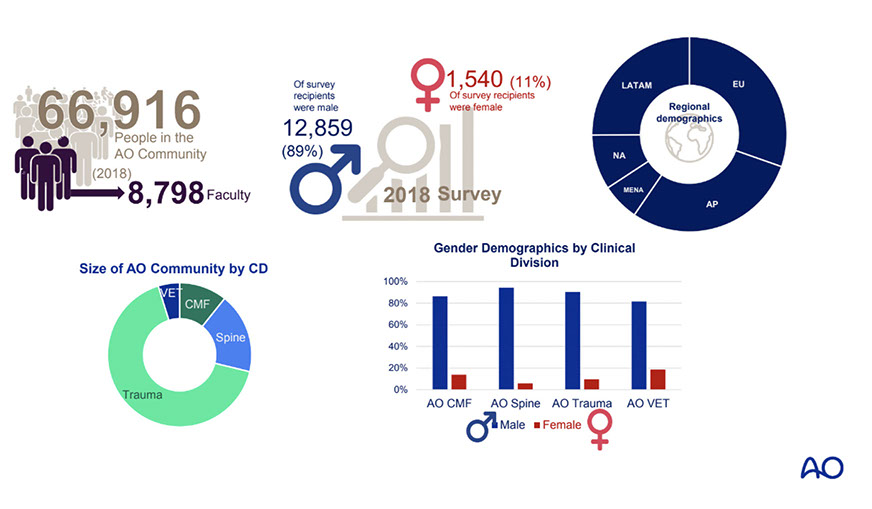
Leadership: a broader perspective
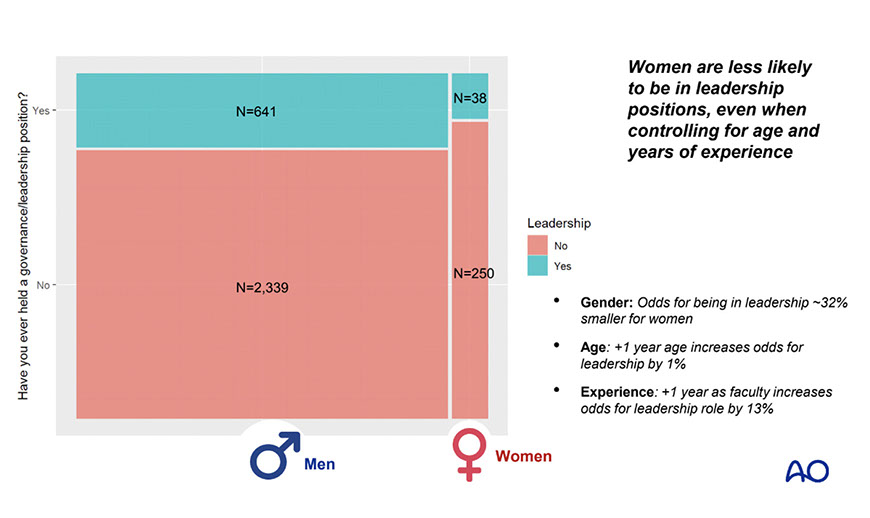
There are fewer women to mentor, but women are doing more of that gender specific mentoring
